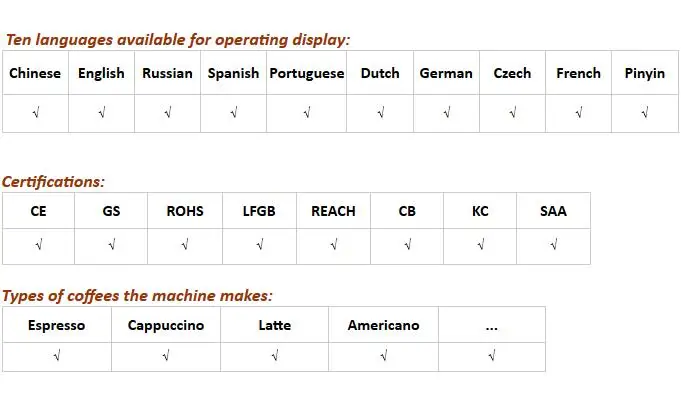

Typically, you froth the milk yourself using the machine’s steam wand. Automatic: These machines are very similar to semi-automatic models but have built-in grinders.Semi-Automatic: This type has a button to activate the pump but allows you to customize other parts of the process, such as the grind on the coffee or which filter you use.There are different types of automated machines: Although you give up a degree of control and customization, you gain a dependably consistent beverage. Automating the extraction process allows you to achieve a more consistent beverage.
Best budget expresso machine manual#
Keep in mind manual espresso makers can have automated features.Īll automatic machines use an “electrical component to activate the pump to push the water through the coffee bed,” Welch says. Manual extraction allows you to vary the pressure as you extract, which many home espresso enthusiasts want to be able to control themselves to achieve their perfect drink.

Generally you pull a lever, but some portable machines operate via a button or press. Machines that “require physical force to press the water through the bed” of coffee are classified as manual, Welch says.

The difference between manual and automatic espresso machines also comes down to technique. These amounts vary slightly depending on equipment and the barista’s preference. According to a Smithsonian article about the history of espresso machines, Italian coffee chain Illy specifies water should be between 190 to 200 degrees Fahrenheit and under 9 atmospheres of pressure or more. Water temperature and pressure are critical. The process involves pulling water through the cake, or bed, of packed ground coffee to extract a shot of coffee into your glass. Essentially, espresso is concentrated coffee “generally prepared quickly under pressure,” Welch says. An espresso refers to how you prepare a drink rather than the type of coffee bean you use or its roast.


 0 kommentar(er)
0 kommentar(er)
